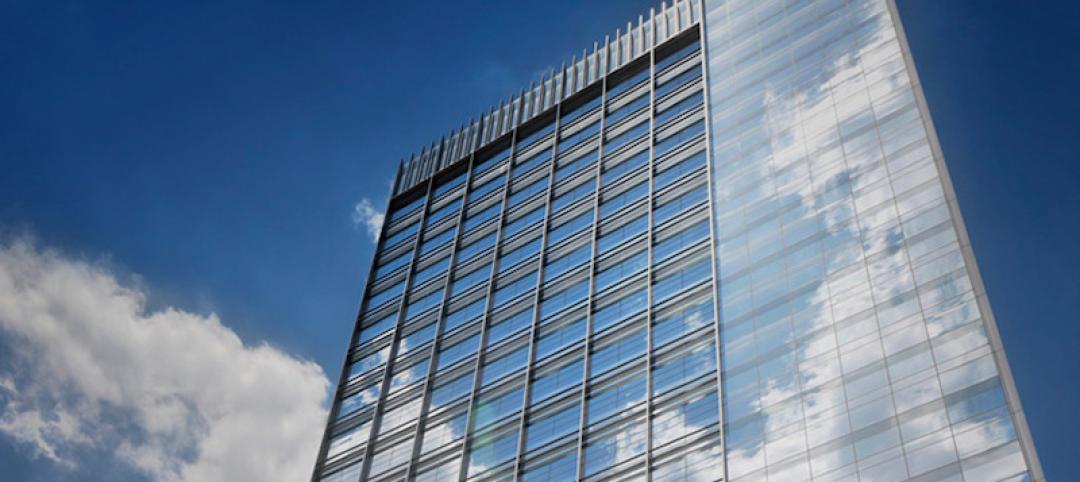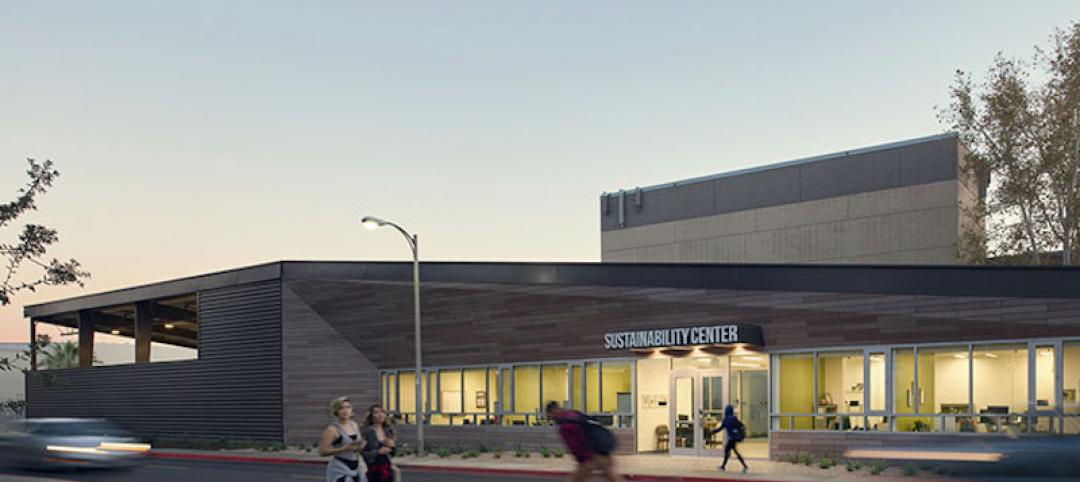The growth of the Passive House standard in the U.S. has been slow, but it could still produce significant influence, according to a recent panel of industry experts.
That group is looking to expand the standard beyond single-family houses to projects like schools, hospitals and high-rise towers, according to a Construction Dive report. Today, there is roughly 475,000 sf of certified Passive House project square footage in the U.S., including 16 multifamily projects, seven commercial buildings, and one school, in addition to 111 single-family homes.
Passive House Institute U.S. (PHIUS) wants to expand acceptance of the standard in the commercial and institutional markets. As more buildings achieve certification, they provide proof-of-concept and data that can inform design decisions and influence new codes and regulations, and thereby create momentum for the standard.
Local governments will be able to collect the data from new Passive House buildings and help inform decision-makers in the built community about how the standard achieves results in sustainability. Optimistically, Passive House could thus have a larger influence than might be expected from just looking at the number of certifications.
Related Stories
Sustainability | Oct 25, 2018
As project delivery models evolve, designers rethink their role
New York City’s newest university campus, Cornell Tech, pushes the limits of sustainable and resilient design.
Green | Oct 17, 2018
USGBC survey suggests employees are happier, healthier, and more productive in LEED green buildings
Can healthier, more sustainable buildings give employers a hiring edge to attract best in class talent?
Sustainability | Oct 3, 2018
Introducing sustainable design early leads to more resilient projects
Many companies are influenced by the misconception that only some projects can qualify as sustainable.
Sustainability | Sep 18, 2018
Starbucks to build 10,000 “Greener Stores” by 2025
The company is teaming with SCS Global Services and World Wildlife Fund to develop the Greener Stores framework.
Sustainability | Sep 13, 2018
Under-development solar panels snap together and turn waste heat into hot water
The project is being developed at Brunel University London.
Sustainability | Sep 10, 2018
At Penn State, sustainability is more than a goal
The university, encompassing 13 colleges and 24 campuses, adheres to protocols established by the UN.
Green | Aug 15, 2018
What if your neighborhood could make you healthier?
The WELL Community Standard equips planners to build health promotion into the very fabric of neighborhoods.
Energy | Aug 6, 2018
Will California lead the way to energy independence?
The architecture, engineering, and construction industry will have to make major adjustments in the years ahead now that many state, city and local governments are getting serious about creating a carbon neutral buildings sector.
Multifamily Housing | Jun 27, 2018
To take on climate change, go passive
If you haven’t looked seriously at “passive house” design and construction, you should.
Accelerate Live! | Jun 24, 2018
Watch all 19 Accelerate Live! talks on demand
BD+C’s second annual Accelerate Live! AEC innovation conference (May 10, 2018, Chicago) featured talks on AI for construction scheduling, regenerative design, the micro-buildings movement, post-occupancy evaluation, predictive visual data analytics, digital fabrication, and more. Take in all 19 talks on demand.

















